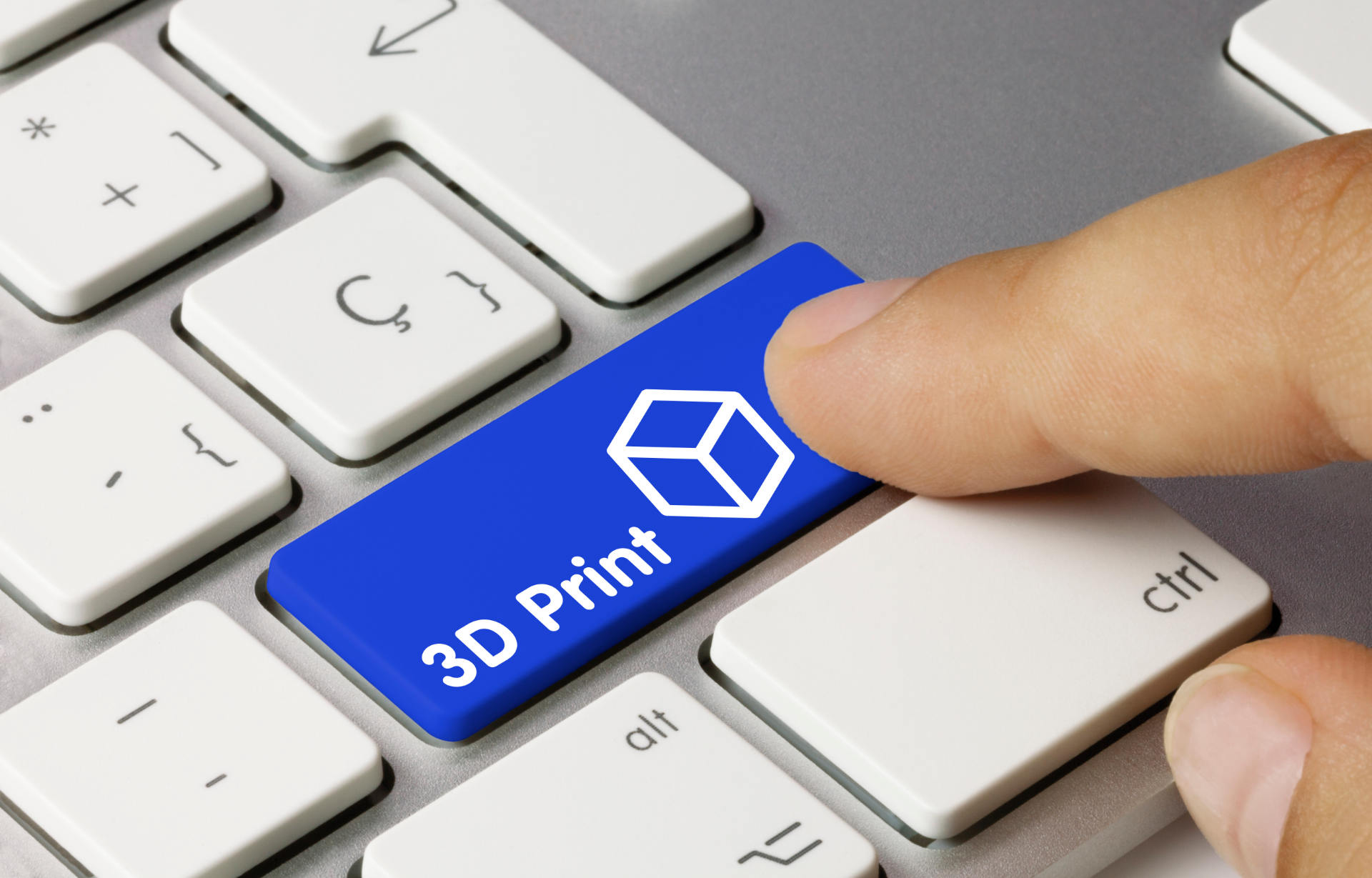
Due to its versatility, FDM (fused deposition modelling) 3D printing is one of the most popular and practical 3D printing techniques utilised today. PET is one of these substances. It is a polymer used to create plastic bottles and other consumer packaging products. PET has gained appeal as an FDM 3D printing material in the form of PETG due to its adaptability.
PETG is a reliable and cost-effective material with plenty to offer designers, engineers, and other users. This article will provide additional information about this versatile filament.
What Is the Chemical Composition of PETG?
PETG is a thermoplastic polymer that is processed using hydrolysis. This means that PETE is split into glycol and terephthalic acid by the hydrolysis process to create PETG. This results in forming a chemical substance that is different from PET in both its properties and composition.
What Are the Benefits of Using PETG 3D Printing?
1. Tough and Flexible
One of the enormous benefits of PETG is its toughness and resistance to cracking or breaking under stress. This is thanks to the presence of glycol, an essential component of PETG that lends the filament its flexibility. An excellent way to experience the flexibility of PETG is to 3D print this material using an adjustable print bed.
2. Lightweight and Dense
PETG is exceptionally lightweight. One of the reasons is that the ratio of carbon and hydrogen in the filament is high, resulting in a lighter polymer than both PET and ABS. PETG, when 3D printed, is also extremely strong. This makes it suitable for applications in which durability is essential.
3. Low-cost Alternative
PETG has a lower price tag than ABS. Because of this, it is a good option for users who are down on funds but still require a durable and tough filament. However, as with any product with a lower price tag, it is essential to do extensive research before committing to purchase.
4. Functional Properties
PETG has a low-temperature glass transition temperature similar to that of ABS, making it a suitable 3D printing material for printing enclosures. In addition to this, PETG uses cooler print heads than ABS, allowing users to print faster while still maintaining a consistent and homogeneous temperature.
5. No Bowness
While PETG has a low-temperature glass transition temperature, it is not as low as ABS. It is hard to get PETG to bow, regardless of the printing conditions.
6. Curing Properties
PETG has good curing properties, making it suitable for printing parts with multiple components. This is because the material produces minimal shrinkage when it is being printed and also cures quickly.
Conclusion
PETG’s versatility makes it one of the most sought-after 3D printing materials. It is commonly used as a filament for 3D printing applications related to the building, automotive, telecommunication, and electronics industries.
The material can be found in various colours, allowing users to explore a new creative side. Because of its low-cost, PETG is also an ideal choice for users on a tight budget who need a strong, durable, and resilient 3D printing material.
3D Quick Printing provides high-quality 3D printing services to assist individuals in obtaining the models one requires for any project. Contact us immediately if you need assistance with quick prototyping!


Recent Comments